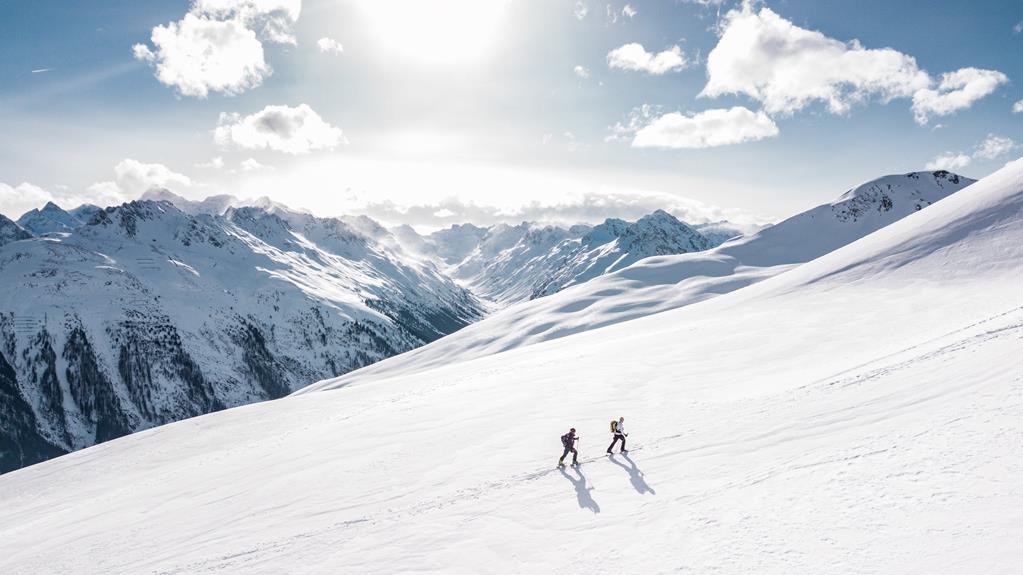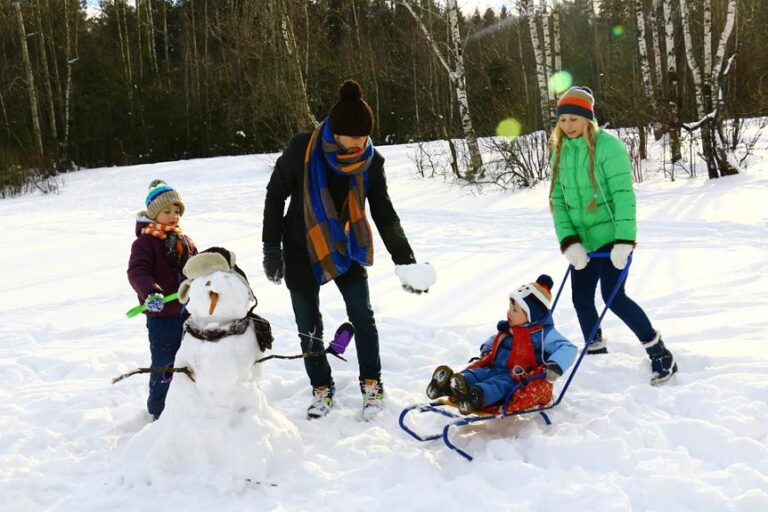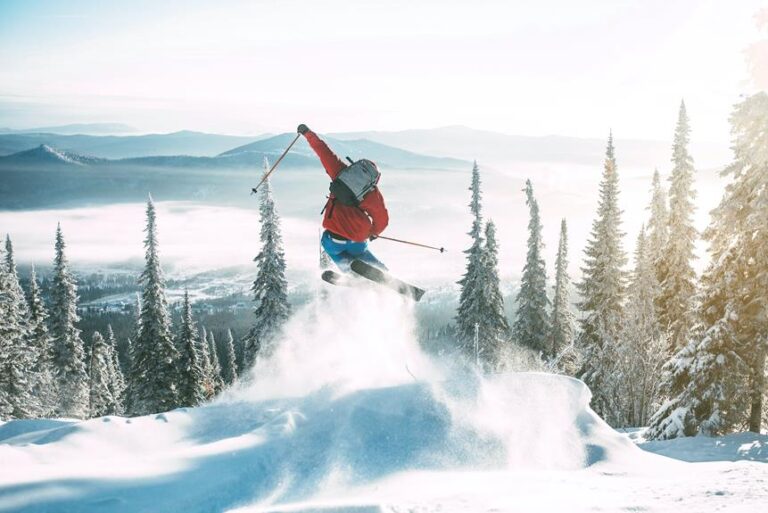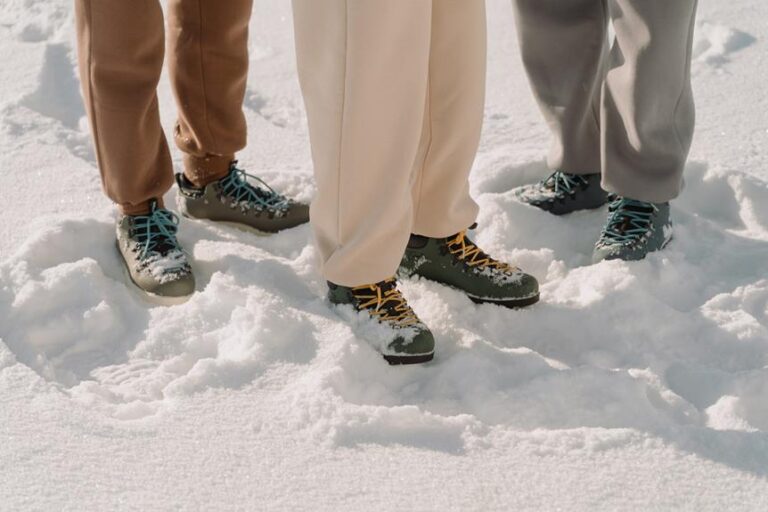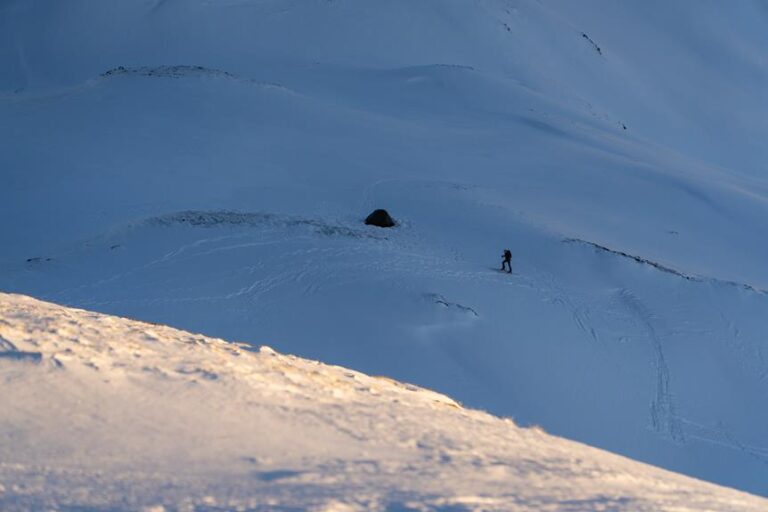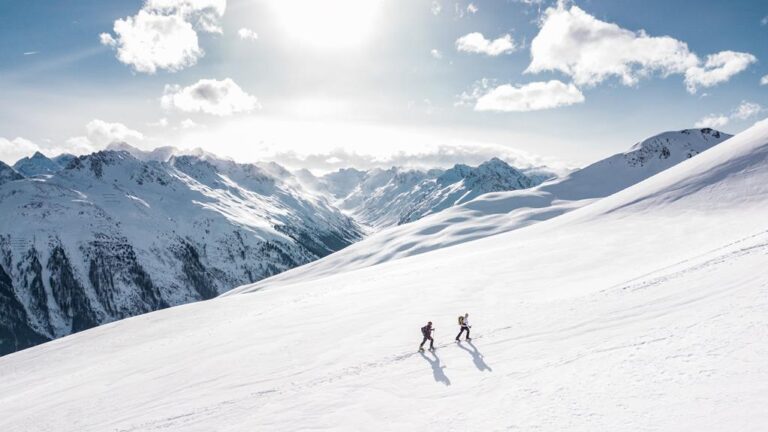Best Ski Temperature – The Ultimate Guide
Picture yourself gliding down a pristine slope, effortlessly carving your way through the snow. The wind brushes against your face as you navigate the mountain with precision and grace.
But have you ever wondered what temperature creates these perfect conditions for skiing? Well, my friend, the answer lies in finding the best ski temperature.
In this discussion, we will explore the ideal temperature for skiing, the effects of temperature on snow quality, and how to ensure your personal comfort while hitting the slopes.
So buckle up, because we're about to uncover the secrets to an unforgettable skiing experience.
Ideal Temperature for Skiing
The ideal temperature for skiing is typically below 30 degrees Fahrenheit to ensure optimal snow conditions and avoid slush. Skiing in cold temperatures helps maintain good snow quality and prevents the snow from becoming slushy. Cold conditions also allow the snow to stay firm and compact, providing better control and stability while skiing. When the temperature is too warm, the snow can become wet and heavy, making it difficult to ski and increasing the risk of accidents.
Sunny days are often preferred for skiing as they provide good visibility and enjoyable views. However, it's important to avoid skiing during blizzards or heavy snowfall, as it can reduce visibility and make skiing dangerous. To determine the optimal skiing conditions, you can rely on weather apps that provide information on snowfall, temperature, and potential storms. These apps can help you plan your skiing trip accordingly and ensure a safe and enjoyable experience.
When skiing in cold temperatures, proper layering and clothing are essential. It's important to wear additional warm layers, such as thermal tops and bottoms, to keep your body insulated. Warmer gloves and chemical warmers for boots and gloves can also help keep your hands and feet warm. By dressing appropriately and skiing in the ideal temperature range, you can ensure a great skiing experience with optimal snow conditions.
Effects of Temperature on Snow Quality
Maintaining the right temperature is crucial for preserving the quality of snow and ensuring optimal skiing conditions. The temperature plays a significant role in determining the texture and consistency of the snow.
Warmer temperatures can lead to wet and heavy snow, which can make skiing more challenging. The snow becomes sticky and less powdery, making it difficult to maneuver and enjoy a smooth ride.
On the other hand, colder temperatures help maintain the quality of the snow, keeping it light and fluffy. This type of snow, often referred to as 'powder,' makes for excellent skiing conditions. It provides a soft landing and allows skiers to glide effortlessly down the slopes.
Inconsistent temperatures can result in icy patches and uneven surfaces, affecting skiing performance and safety. It's important to note that the quality of the snow can deteriorate in warmer temperatures, leading to slushy and sticky conditions.
Therefore, for the best skiing experience, it's ideal to have cooler temperatures that preserve the integrity of the snow and provide optimal skiing conditions. So, if you're planning to hit the slopes on a sunny day, make sure to check the temperature and choose a day when the snow quality is at its best.
Importance of Visibility in Relation to Temperature
To ensure safe and enjoyable skiing experiences, clear visibility is essential, especially when considering the impact of temperature changes. Here's why visibility is so important in relation to temperature:
- Reduced visibility in cold temperatures: Cold temperatures can lead to fog, snow, or frost, which can significantly reduce visibility on the slopes. When you can't see clearly, it becomes difficult to anticipate changes in terrain and react to obstacles effectively. This can put you at a higher risk of accidents and injuries.
- Reduced visibility in warm temperatures: On the other hand, warm temperatures can cause snow to melt, creating slushy and wet conditions. This can also lead to reduced visibility, making it harder to navigate the slopes safely. Wet snow can splash up and obstruct your vision, making it challenging to see other skiers or obstacles in your path.
- Impact on skier safety: Maintaining clear visibility is crucial for skier safety. Being able to see clearly allows you to identify potential dangers and adjust your skiing accordingly. It also helps you to stay aware of other skiers around you, reducing the risk of collisions.
- Considerations for the East Coast: The East Coast is known for its variable weather conditions, which can include rapid temperature changes. Being prepared for these changes and ensuring good visibility is especially important when skiing in this region.
Finding Personal Comfort in Different Temperature Ranges
When it comes to skiing, ensuring personal comfort in different temperature ranges is crucial for an enjoyable and safe experience on the slopes. Cold temperatures can make you feel much colder, while warmer temperatures can cause discomfort and overheating. To find your personal comfort zone, it's important to consider layering with proper clothing. By using a combination of base layers, insulating layers, and outer layers, you can adjust your attire to suit the temperature. Below is a table outlining some general guidelines for finding personal comfort in different temperature ranges:
| Temperature Range | Clothing |
|---|---|
| Below 0°F (-18°C) | Multiple layers, thermal base layers, insulated jacket and pants, wool or synthetic mitten liners, hand warmers |
| 0°F to 20°F (-18°C to -7°C) | Base layer, insulated jacket and pants, gloves or mittens |
| 20°F to 40°F (-7°C to 4°C) | Base layer, mid-layer, shell jacket and pants, gloves |
| Above 40°F (4°C) | Base layer, shell jacket and pants, lightweight gloves or mittens |
In addition to layering, staying dry is essential for maintaining warmth and comfort. Avoid wearing cold and damp ski clothing and boots, as they can make you feel colder. Taking frequent breaks to refuel, rehydrate, and warm up can also help you stay comfortable while skiing in different temperature ranges. Remember, finding personal comfort is a matter of trial and error, so don't be afraid to adjust your clothing and take breaks as needed to ensure an enjoyable day on the slopes.
Tips for Dressing Appropriately for Varying Ski Temperatures
For optimal comfort and protection on the slopes, dressing appropriately for varying ski temperatures is essential. Here are some tips to help you dress appropriately for your ski day:
- Dress in waterproof and insulated ski pants and jackets to stay warm and dry on the slopes.
- Layer with synthetic or wool socks and long underwear, avoiding cotton, and consider adding fleece or down mid-layers for extra warmth.
Consider options like electric coat heaters for those who tend to feel chronically cold while skiing.
- Stay dry by avoiding damp ski clothing and boots, and bring extra socks and mittens in case anything gets wet.
Frequently Asked Questions
What Temperature Is Too Cold for Skiing?
When it comes to skiing, it's important to consider the temperature. If it's too cold, below 0°F, it can be dangerous and increase the risk of frostbite. Stay safe by checking the weather and dressing appropriately.
Is 40 Degrees Too Hot to Ski?
No, 40 degrees is not too hot to ski. It's actually a great temperature for skiing! You'll have ideal skiing conditions and can enjoy the slopes without worrying about being too cold or too hot. Don't forget to check out some ski resort recommendations for a fantastic skiing experience.
What Is the Optimal Temperature for Snow?
For the best ski experience, the optimal temperature for snow depends on various factors. It affects snow quality, equipment performance, safety considerations, and even ski resorts' operations. So, finding the right balance is key.
Can You Ski in 70 Degree Weather?
Yes, you can ski in 70-degree weather, but be prepared for softer, slushier snow. Wear lightweight clothes, use sunscreen, and take breaks to avoid overheating. Leisurely skiing is best in warm climates.
Conclusion
So, when it comes to skiing, the ideal temperature range is around 20°F (-6°C). This temperature allows for optimal skiing conditions, with deep powder and reduced risk of ice or slush. It also ensures better visibility on the slopes.
Make sure to dress appropriately for the temperature to stay comfortable while skiing. With the right temperature and gear, you can have an amazing skiing experience.
Enjoy the slopes!
